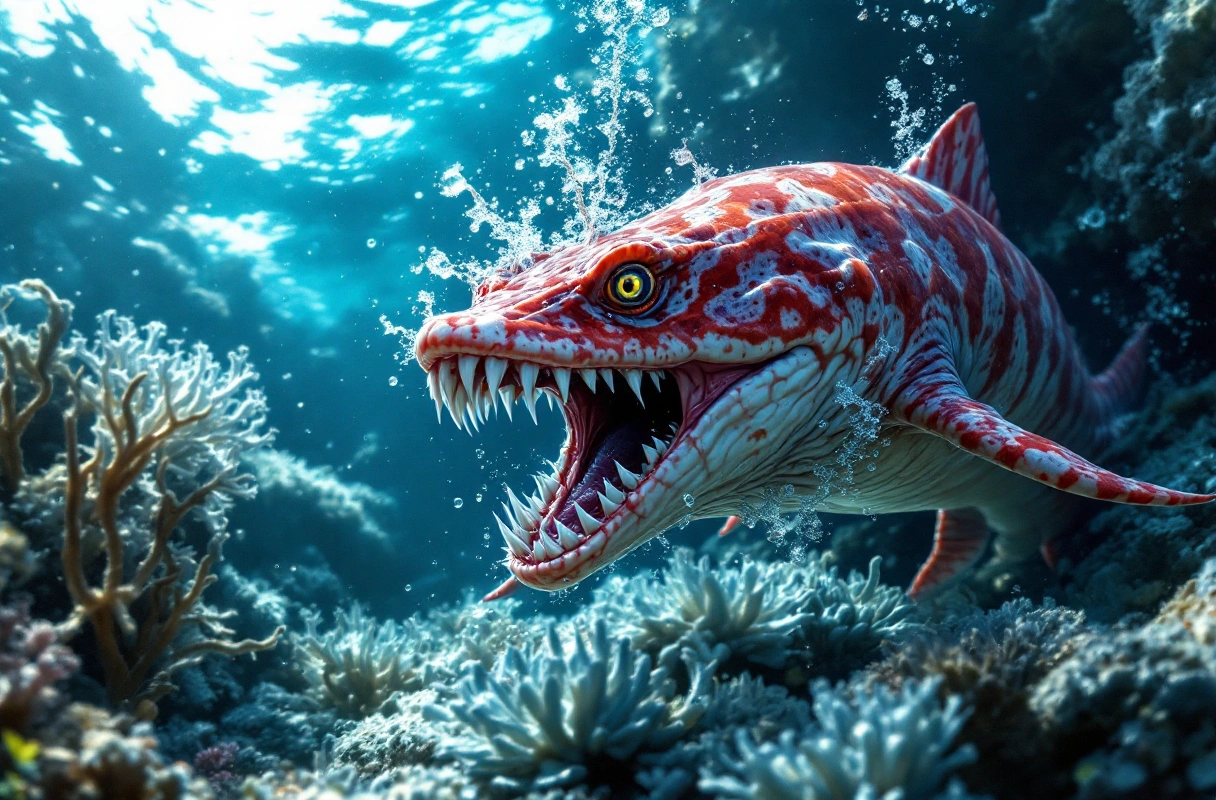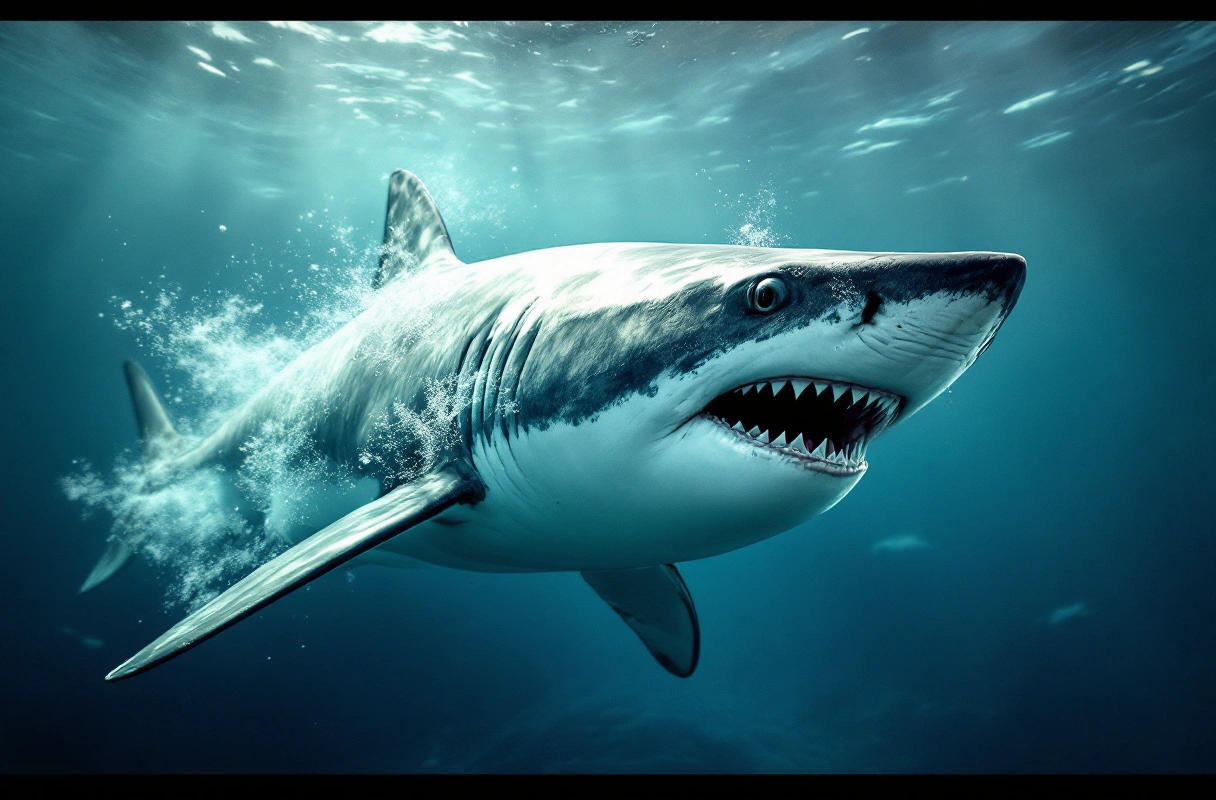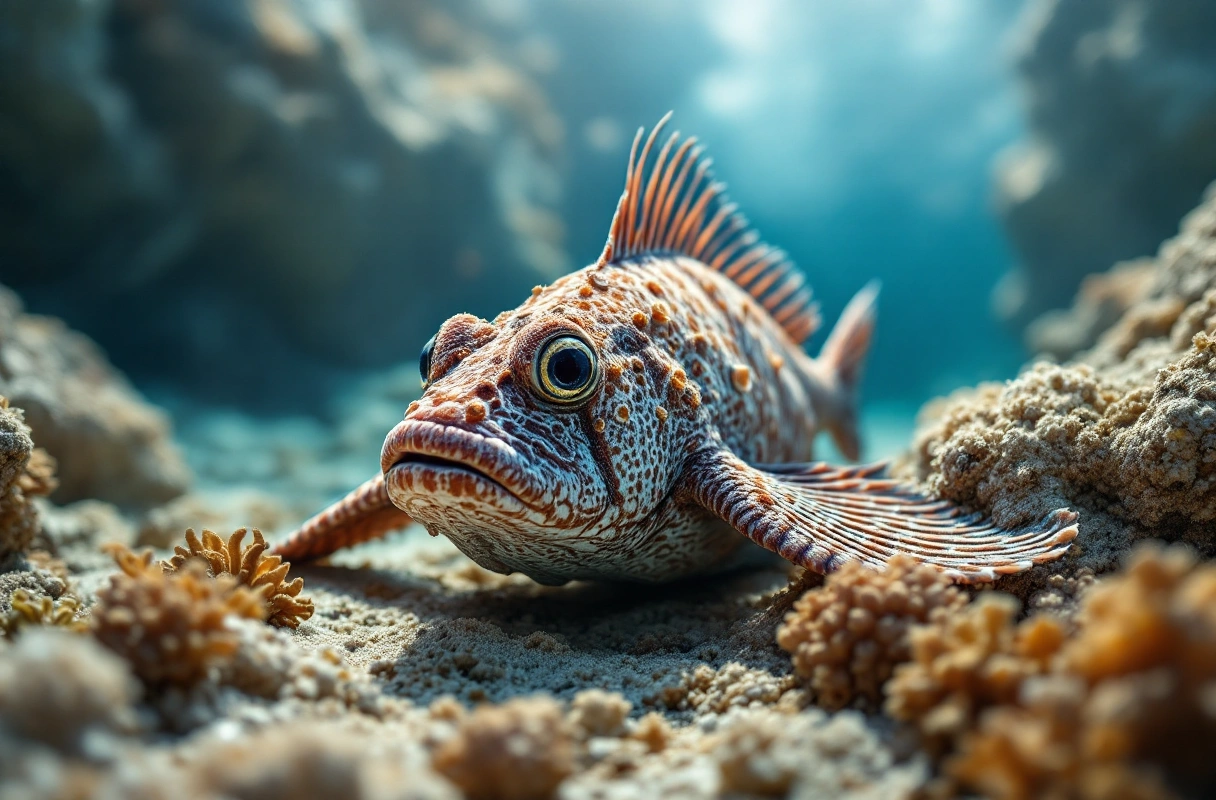
The ocean is home to a remarkable diversity of life, including some of the most dangerous sea creatures on the planet. Understanding these organisms is crucial not only for marine biology enthusiasts but also for anyone who enjoys swimming, snorkeling, or diving. While many sea creatures are harmless, a few possess traits that can be lethal to humans. This article will delve into the top five most dangerous sea creatures and what you need to know to stay safe while exploring the waters. By understanding their behaviors, habitats, and how they adapt to their environments, you can appreciate the complexity of these fascinating marine organisms without putting yourself at risk.

The box jellyfish (Chironex fleckeri) is often regarded as one of the most venomous marine animals. Found predominantly in the waters of the Indo-Pacific region, this creature is notorious for its potent sting, which can cause heart failure and death within minutes. The jellyfish’s tentacles, which can reach up to 10 feet in length, are lined with thousands of specialized cells called cnidocytes. These cells release toxins that can paralyze or kill small fish and, in some cases, humans.
Understanding the adaptation of the box jellyfish to its environment is also crucial. It thrives in warm coastal waters and possesses a transparent body, making it difficult to spot. This camouflage allows it to ambush prey effectively, showcasing the intricate balance of survival in marine ecosystems.

The great white shark (Carcharodon carcharias) is one of the most formidable predators in the ocean. Known for its size and power, this species can reach lengths of over 20 feet and weigh more than 5,000 pounds. While attacks on humans are rare, they can be fatal due to the shark's immense strength and sharp teeth. Great whites primarily inhabit coastal waters and are often found near seal colonies, which are their primary prey.
To minimize the risk of shark encounters, avoid swimming during dawn or dusk when sharks are most active. Furthermore, steer clear of areas with fishing activity, as this can attract sharks looking for an easy meal.

The stonefish (Synanceia spp.) is often referred to as the most venomous fish in the world. Found in the shallow coastal waters of the Indo-Pacific region, stonefish are masters of camouflage, blending in with their rocky surroundings. Their dorsal spines contain venom that can cause excruciating pain, paralysis, and even death if not treated promptly.
The stonefish’s adaptation to its environment is fascinating. It has evolved to remain motionless for long periods, relying on its camouflage to ambush unsuspecting prey. This behavior illustrates the intricate strategies that sea creatures use to survive in their habitats.
The blue-ringed octopus is a small yet deadly creature found in the tide pools and coral reefs of the Pacific and Indian Oceans. Despite its small size, this octopus carries enough venom to kill 26 adult humans in minutes. The venom contains a potent neurotoxin called tetrodotoxin, which can cause respiratory failure and paralysis. The blue rings on its body serve as a warning sign, signaling to potential predators that it is dangerous.
The blue-ringed octopus has adapted to its environment by developing a unique hunting strategy. It uses its color-changing abilities to blend into its surroundings, making it difficult for both prey and predators to spot. This adaptation highlights the remarkable evolutionary strategies employed by sea creatures to thrive in their ecosystems.
Pufferfish, also known as fugu in Japan, are renowned for their unique ability to inflate their bodies as a defense mechanism. While many species are harmless, some contain tetrodotoxin, which is highly toxic and can lead to death if ingested. The toxins are concentrated in the fish's internal organs and skin, making it crucial to prepare them properly before consumption.
Pufferfish have adapted to their environments by developing a defense strategy that deters predators. Their ability to inflate makes them appear larger and more intimidating, while their toxicity serves as an additional deterrent. This dual adaptation showcases the complex survival strategies employed by various sea creatures.
Understanding how sea creatures adapt to their environments is essential for appreciating the diversity of life in our oceans. Each species has evolved unique traits that allow them to thrive in their specific habitats. Adaptations can include physical characteristics, such as camouflage or venom production, as well as behavioral strategies, like hunting techniques and mating rituals.
Marine biology plays a crucial role in studying these adaptations, providing insights into how organisms interact with their ecosystems. By understanding these dynamics, we can better support conservation and the creatures that inhabit them.
The ocean is a treasure trove of life, but it also requires respect and caution. Knowing about the top five most dangerous sea creatures can help you navigate these waters safely. Whether you are a nature enthusiast, a student, or simply someone who loves exploring the underwater world, understanding these organisms is vital.
The exploration of sea creatures and their adaptations offers a window into the complex interplay of life in our oceans. At Banana Slug Club, we are passionate about fostering curiosity and knowledge in young minds and nature enthusiasts alike. By learning about the dangers and wonders of marine life, you can cultivate a deeper appreciation for the natural world.
We invite you to visit our website or reach out to us for more information on marine biology and the fascinating creatures that inhabit our oceans. Whether you are looking to engage with educational resources, participate in events, or simply learn more about nature, Banana Slug Club is here to help. Together, we can inspire the next generation to explore and protect our planet's incredible biodiversity.
Get free resources, early access to new features and updates.
No spam. Just fun educational emails!